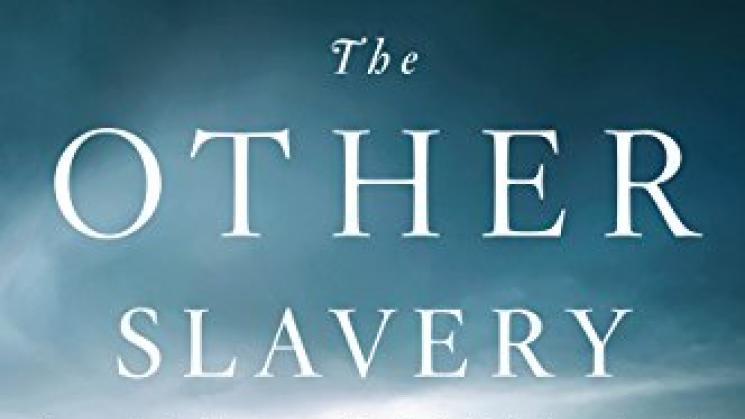


Partial correlation coefficients, determined with Mantel tests, show that Y-chromosome variation in indigenous populations from the American Southwest and Mesoamerica correlates significantly with linguistic distances (r = 0.33-0.384 P < 0.02), whereas mtDNA diversity correlates significantly with only geographic distance (r = 0.619 P = 0.002). We evaluated this hypothesis with a large-scale study of mitochondrial DNA (mtDNA) and Y-chromosomal DNA variation in indigenous populations from these regions.

In the Americas, Uto-Aztecan is one such language family that may have been spread across Mesoamerica and the American Southwest by ancient farmers. In this case, the most widely spread language families today came to be distributed at the expense of those that have more restricted distributions. The Farming/Language Dispersal Hypothesis posits that pre historic population expansions, precipitated by the innovation or early adoption of agriculture, played an important role in the uneven distribution of language families recorded across the world. Rather, they are consistent with those of earlier mtDNA studies that suggested populations from Mesoamerica had little maternal influence on the genetic structure of groups residing in the American Southwest. The data do not support a Central MExican origin of Uto-Aztecan. The haplogroup frequencies found in the Aztecs resemble those of other present-day Central and Southern Mexican and Central American populations, suggesting a great antiquity to this pattern of regional continuity. The haplogroup frequency distribution of this Aztec sample was compared with that of other Native American populations from the Great Basin, the American Southwest, Mesoamerica, Central America, South America, and the Caribbean. No individual's mtDNA could be assigned to haplogroup X. This skeletal collection exhibited 65.2% haplogroup A, 13% haplogroup B, 4.3% haplogroup C, and 17.4% haplogroup D. These samples were screened for the markers that define the five founding Native American haplogroups. The skeletal remains of 23 of 27 Post-Classic Aztec individuals from Tlatelolco, Mexico, were found to contain analyzable mtDNA.


 0 kommentar(er)
0 kommentar(er)
